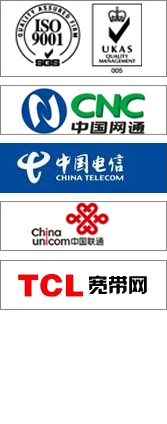RoHS
The Directive on the restriction of the use of certain hazardous substances in electrical and electronic equipment 2002/95/EC; commonly referred to as the Restriction of Hazardous Substances Directive or RoHS) was adopted in February 2003 by the European Union. The RoHS directive took effect on 1 July 2006, and is required to be enforced and become law in each member state. This directive restricts the use of six hazardous materials in the manufacture of various types of electronic and electrical equipment. It is closely linked with the Waste Electrical and Electronic Equipment Directive (WEEE) 2002/96/EC which sets collection, recycling and recovery targets for electrical goods and is part of a legislative initiative to solve the problem of huge amounts of toxic e-waste. In speech, RoHS is often spelled out, or pronounced /ˈrɒs/, /ˈrɒʃ/, /ˈroʊz/, or /ˈroʊhɒz/.
Details
Each European Union member state will adopt its own enforcement and implementation policies using the directive as a guide.
RoHS is often referred to as the lead-free directive, but it restricts the use of the following six substances:
- Lead (Pb)
- Mercury (Hg)
- Cadmium (Cd)
- Hexavalent chromium (Cr6+)
- Polybrominated biphenyls (PBB)
- Polybrominated diphenyl ether (PBDE)
PBB and PBDE are flame retardants used in several plastics.
The maximum permitted concentrations are 0.1% or 1000 ppm (except for cadmium, which is limited to 0.01% or 100 ppm) by weight of homogeneous material. This means that the limits do not apply to the weight of the finished product, or even to a component, but to any single substance that could (theoretically) be separated mechanically—for example, the sheath on a cable or the tinning on a component lead.


